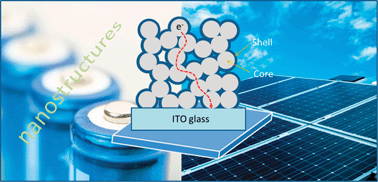Nanostructured materials are advantageous in offering huge surface to volume ratios, favorable transport properties, altered physical properties, and confinement effects resulting from the nanoscale dimensions, and have been extensively studied for energy-related applications such as solar cells, catalysts, thermoelectrics, lithium ion batteries, supercapacitors, and hydrogen storage systems. This review focuses on a few select aspects regarding these topics, demonstrating that nanostructured materials benefit these applications by (1) providing a large surface area to boost the electrochemical reaction or molecular adsorption occurring at the solid–liquid or solid–gas interface, (2) generating optical effects to improve optical absorption in solar cells, and (3) giving rise to high crystallinity and/or porous structure to facilitate the electron or ion transport and electrolyte diffusion, so as to ensure the electrochemical process occurs with high efficiency. It is emphasized that, to further enhance the capability of nanostructured materials for energy conversion and storage, new mechanisms and structures are anticipated. In addition to highlighting the obvious advantages of nanostructured materials, the limitations and challenges of nanostructured materials while being used for solar cells, lithium ion batteries, supercapacitors, and hydrogen storage systems have also been addressed in this review.


 Please wait while we load your content...
Please wait while we load your content...